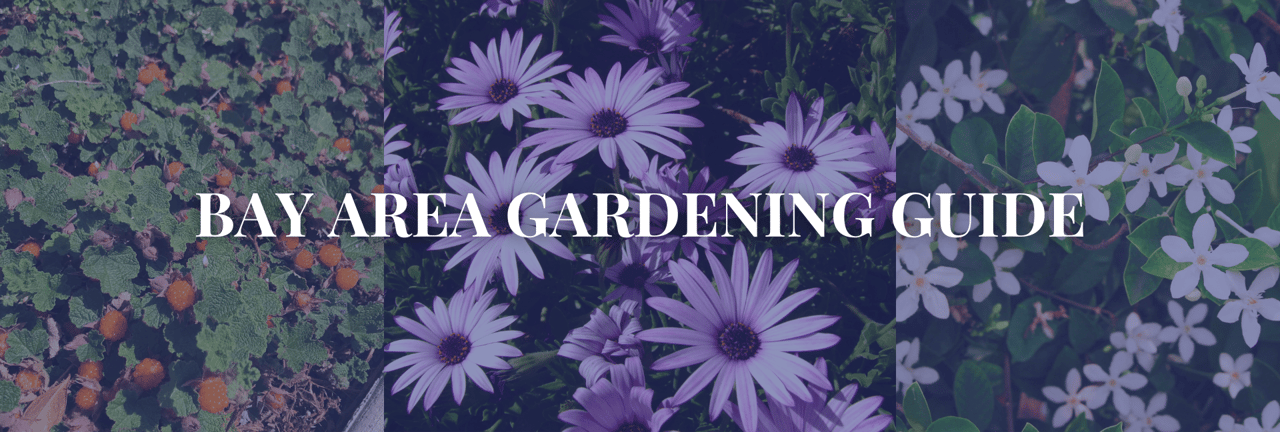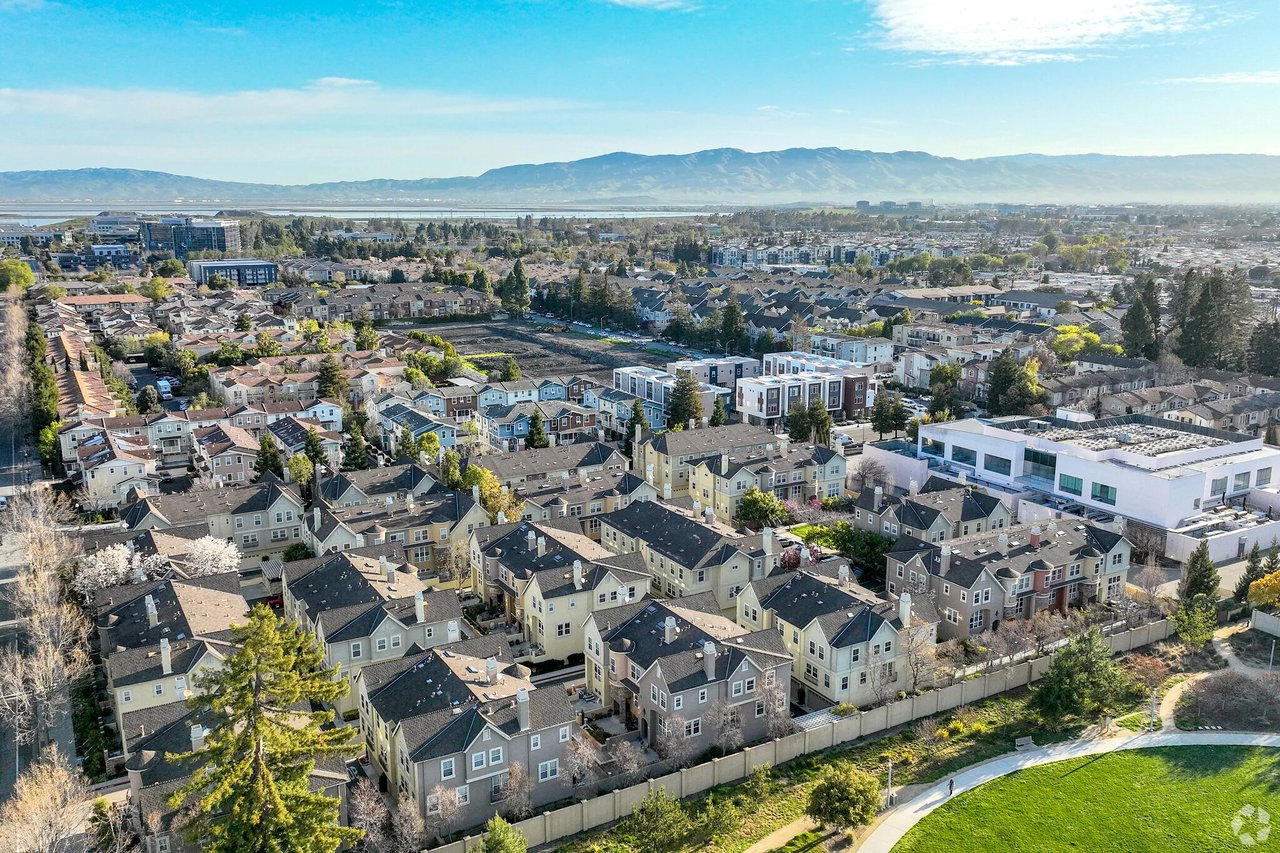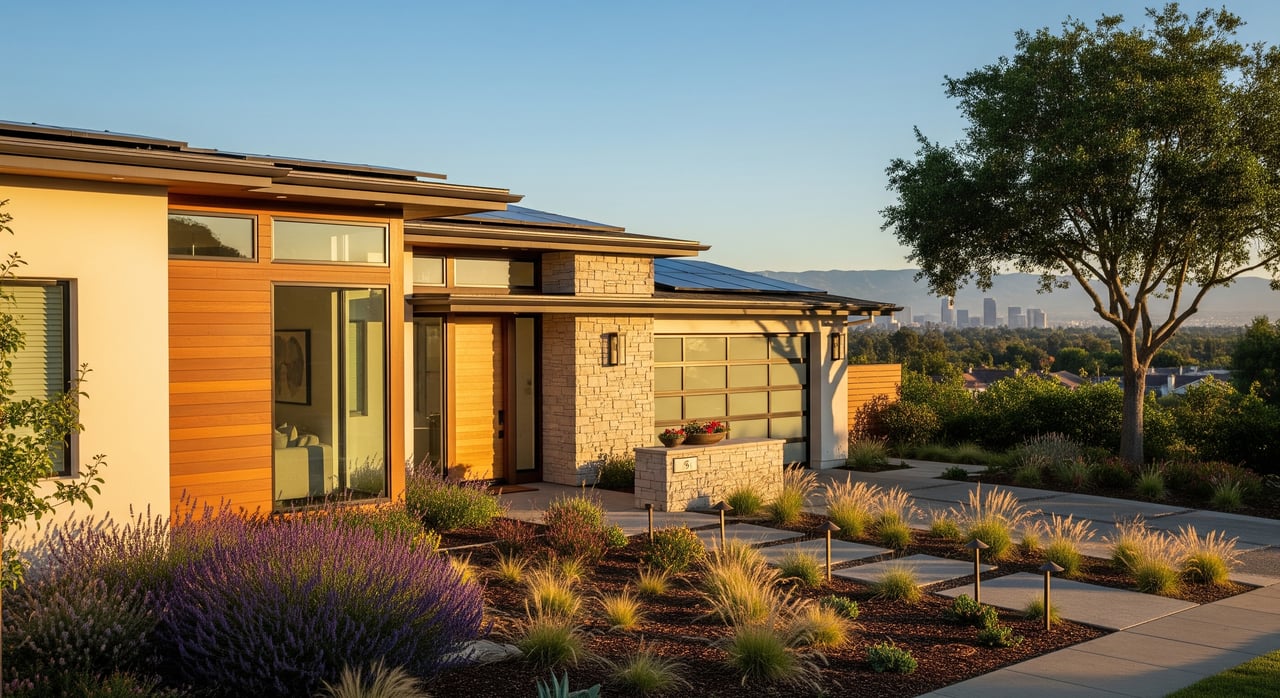Bay Area Gardening Guide:
Home Maintenance

Home Maintenance

Gardening in the Bay Area offers a unique opportunity to work with plants that are well-suited to the local climate, promoting sustainable landscaping. In this guide, we highlight native and recommended plants that thrive in the area, as well as invasive species to avoid.
Heuchera maxima (Alumroot):
Campanula poscharskyana (Serbian Bellflower):
Delosperma cooperi (Hardy Iceplant):
Teucrium fruticans (Bush Germander):
Salvia leucophylla (Coast Purple Sage):
Rubus pentalobus (Taiwan Raspberry):
Cortaderia jubata & selloana (Pampas Grass):
Hedera helix (English Ivy):
Carpobrotus edulis (Highway Iceplant):
Vinca major (Periwinkle):
Helichrysum petiolare (Licorice Plant):
Stay up to date on the latest real estate trends.

December 17, 2025

December 4, 2025

November 21, 2025

November 18, 2025

October 22, 2025

October 15, 2025

September 24, 2025

September 17, 2025

September 5, 2025
You’ve got questions and we can’t wait to answer them.